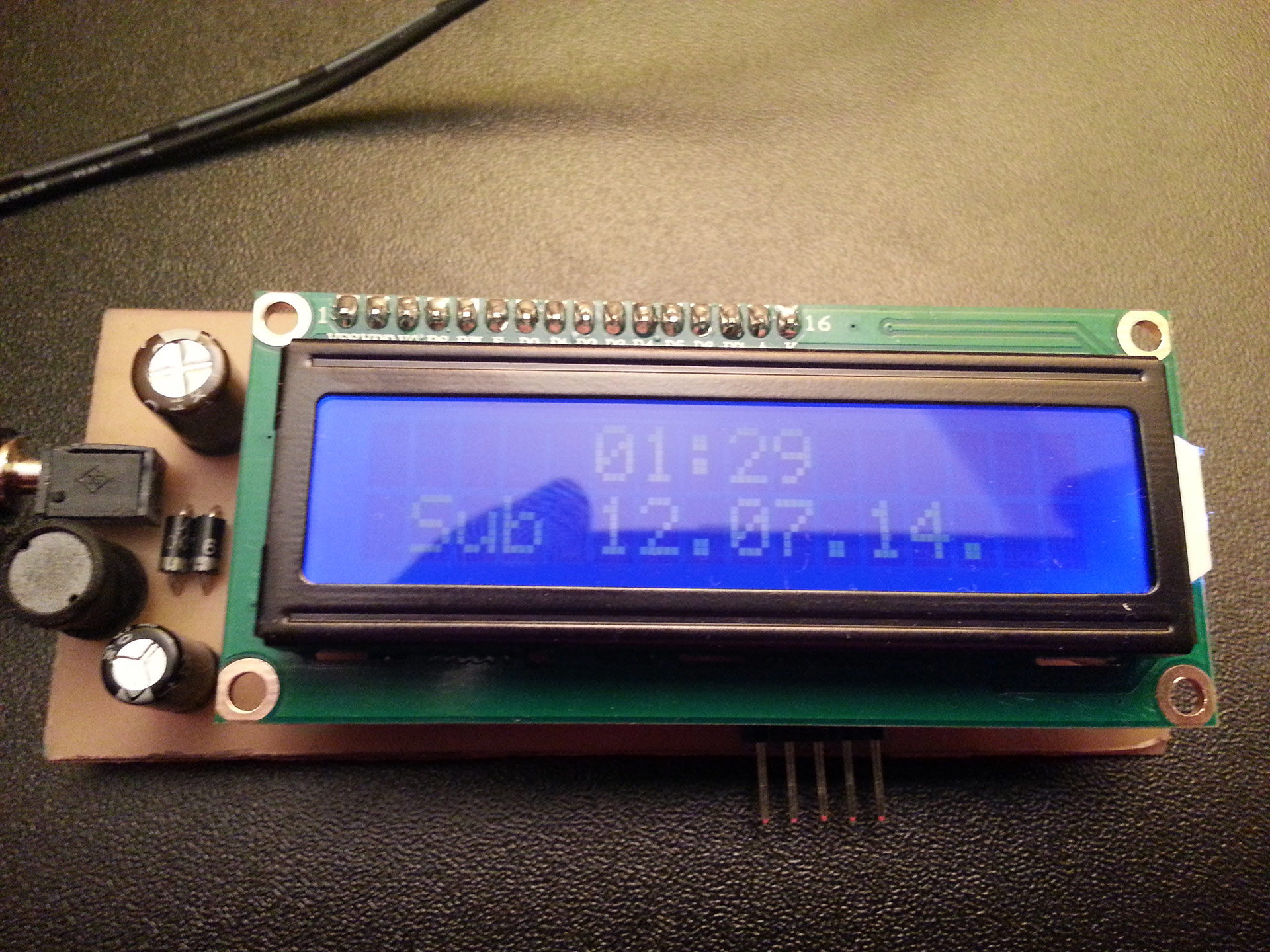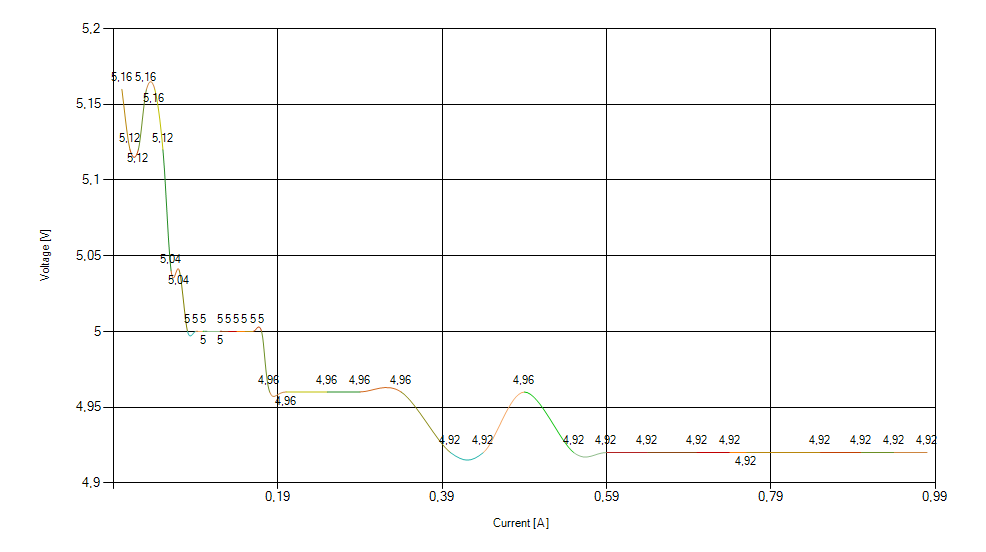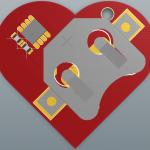In the past, I’ve used several filament dry boxes, but none of them had all the features that I wanted or even what I thought every filament dry box should have by default. So I decided to make my own. As always all the source files are available in case you decide to build one for yourself. But either way, you can watch the video and maybe pickup few ideas and improve on them. So, let’s make an awesome controller for 3D printing filament dry box!
47 CommentsTag: github
Theory behind this project
Another weekend project that I’ve been working on is Wake-up light. Lately I’ve been doing more research on sleep phases and how to “hack” your brain to wake-up more refreshed and adjust your sleep cycle. There are many studies out there explaining this and providing scientific evidence, so if this is something you are interested in, I encourage you to go and get more detailed information on this subject. However I won’t go into too much detail, I’ll just try to give very simple explanation: When you sleep, you are either in REM or deep sleep (NREM) phase. When you wake up in REM phase you feel fresh, relaxed and full of energy. When you are woken up during the deep sleep phase, you feel like you’ve just been hit by a bus, and you take long time to actually wake up.
2 CommentsI kept getting more and more emails from people asking me if I could modify the firmware of the Bedroom clock I made last year to implement an easier way to adjust the time/date, so that’s what I did. In Firmware v2 H and M buttons have the following functions: H : This button will cycle selection trough hour, min,…
Leave a CommentUSB Power supply Active Load Tester or short PAL Tester is unit designed for testing the quality of the power supplies.
Idea was to create low-cost, precise device for simultaneous measurement of Voltage and Current drawn from the device under test. This is one of my weekend projects that I have decided to release to the public. All source files can be found on projects GitHub page.
Device Features:
- Open Source and Open Hardware
- Modular design, easy to understand and change/adapt to your needs
- Uses widely available and off-the shelf components
- Components Bill of Material is below $10
- Integrated USB-to-Serial converter for easier interface with the device
- API for communicating with PC
- Recording Voltage vs Amps data and graphing the results
- Easy to use
Heartbeat key-chain is intended to be a small gift that your loved one can carry with her/him wherever she/he goes.
Basically top side of the PCB is touch sensitive and has one RGB LED. When the exposed copper on the top side is touched, the microcontroller detects it and begins to pulse the LED in the heartbeat like pattern.
Bill of material, schematics and source code are available on GitHub.
I am posting render images of the PCB since I’m waiting for the Fab house to manufacture the boards for me.
2 CommentsFirst, maybe you should see a little demo on YouTube to see how this thing looks in action…
Before we start…
I wanted to make this project for myself, and since this is very simple project, I placed a challenge to complete it in shortest time possible and make it work as I intended to.
From idea to finished product it took about 4-5 hours, including designing schematic, routing PCB and making it, programming the device and etc.
What is important is that finished product works like I want it to do, and it could be used as opportunity to learn something about other platforms different from some that are spamming us 24/7 like Arduino.
Don’t get me wrong, Arduino is great and all but sometimes I want to build something for myself from scratch. 🙂
One thing I want to ask you all is to share your opinion, how to make this project better, what would you add/remove, did you use it? Did you like it? Did you make/modify it? Share it with us!
Leave a Comment


